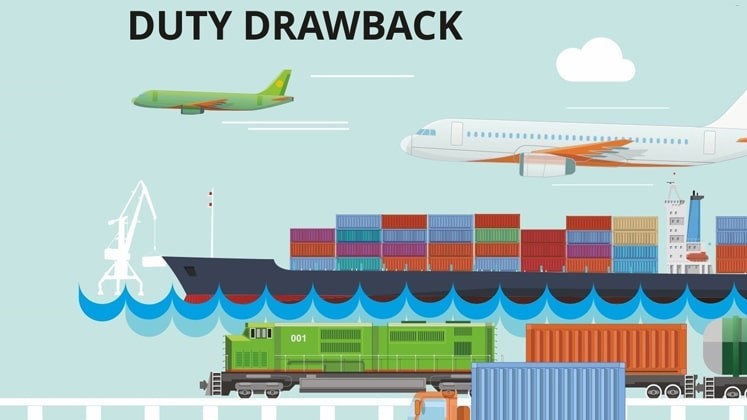Free Courses Sale ends Soon, Get It Now


Free Courses Sale ends Soon, Get It Now



Disclaimer: Copyright infringement not intended.
Context:
Duty Drawback Scheme (DBK):
How the scheme works:
How to avail refunds under the scheme?
© 2024 iasgyan. All right reserved